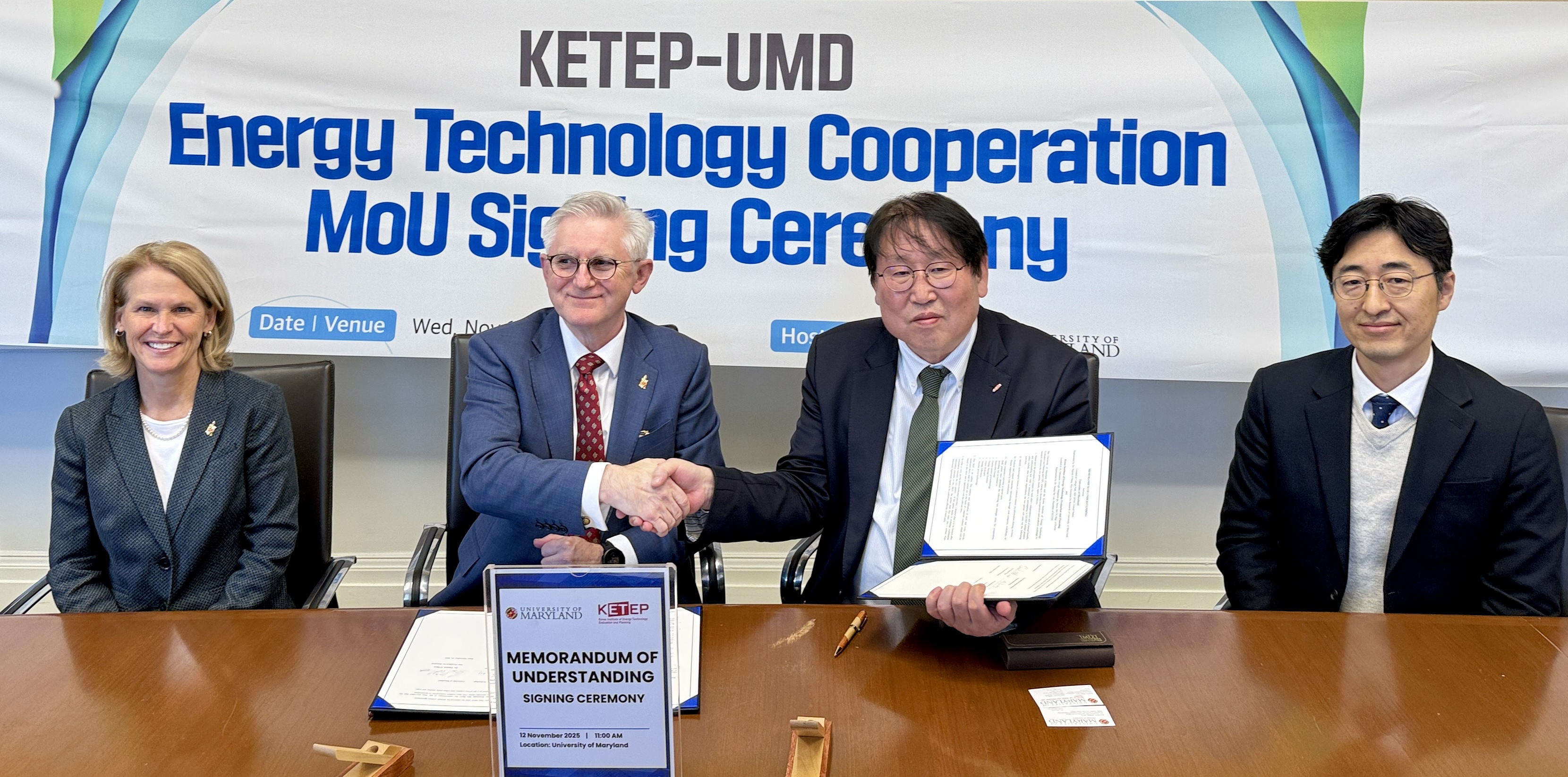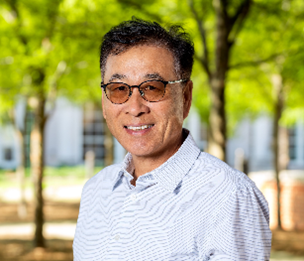News Story
Calabrese Spends Sabbatical with DOE, Nuclear Waste Consortium
"Being immersed for a year in a political environment and understanding the interaction between technology and government was really intriguing...I definitely plan to bring these experiences and examples back into the classroom to give students some insight about how what they're learning can be applied to current energy issues, and how engineers play a role in the government's policy-making."
Professor Richard V. Calabrese
He isn't entirely joking. The waste he studied included carbon dioxide emissions, decommissioned nuclear material, and oil from the Gulf of Mexico spill. He and his colleagues were tasked with evaluating how these materials could be safely collected, processed, recycled and disposed of.
Calabrese was initially recruited as a Technical Advisor by the Office of the Assistant Secretary for Fossil Energy (OASFE), part of the U.S. Department of Energy (DOE), to evaluate carbon capture and storage technology used in coal-fired plants in an effort to reduce greenhouse gases. Carbon dioxide gas (CO2) is currently kept out of the atmosphere using technologies based on amine scrubbing of stack gases, in which contact with a liquid is used to absorb the CO2. The liquid is then moved to a second column to isolate the CO2 for sequestration or storage.
"The problems with amine scrubbing are that it's both expensive and has a high parasitic energy cost, meaning it requires a lot of energy to keep that carbon dioxide out of the atmosphere," Calabrese explains. He applied his expertise in flow and heat and mass transfer analysis to study a new technologies that use adsorption—the capture of CO2 by solid materials—rather than by absorption into liquids. He also studied the safest ways to permanently store the extracted gas, which has only limited commercial use. The capture and storage system models Calabrese generated should help government and industrial organizations make informed decisions about the best approaches to handling excess CO2.
The OASFE then sent Calabrese to the DOE's National Energy Technology Laboratory (NETL) in Pennsylvania, where, in the wake of the oil spill in the Gulf of Mexico, he became involved in NETL's efforts to estimate the flow of oil coming from BP's damaged well. The models he and his colleagues created were compared to estimates and video from BP in an attempt to create a more accurate representation of the situation.
"It was a huge disaster that created a very interesting and challenging fluid- and thermodynamics problem," says Calabrese. "We were looking at a highly-turbulent, three-phase jet of oil, natural gas, and water. The gas was dissolved in the oil at high pressure but separated as it rose to the surface, it couldn't be reclaimed, and it was toxic. The situation was not something that had been well-studied in scientific literature."
Calabrese also continued his personal, ongoing work with the Consortium for Risk Evaluation with Stakeholder Participation (CRESP), a group of scientists and engineers from multiple universities and disciplines that advises the DOE on the handling, cleanup, management and disposal of nuclear waste from a variety of sources, including power plants and defense applications. Calabrese was one of five independent experts requested by the DOE's Office of River Protection to review the design of a new plant being built to handle high-level, Cold War-era radioactive and chemical waste at the Hanford Site in Washington State. Since the bulk of the waste is processed in liquid form, Calabrese was selected as the team's fluid mixing expert.
Calabrese says his experiences on sabbatical were not only personally rewarding, but will also benefit Clark School students. "Being immersed for a year in a political environment and understanding the interaction between technology and government was really intriguing," he says. "Carbon capture was a new application of transport phenomena for me, and working on the oil spill was a unique opportunity. I definitely plan to bring my experiences and examples back into the classroom to give students some insight about how what they're learning can be applied to current energy issues, and how engineers play a role in the government's policy-making."
Now, with a new school year on the horizon, he's happy to be back. "It was good to have some time off of teaching," he says, "because it reminded me just how much I love it."
For More Information:
Visit Professor Calabrese's homepage »
Visit the DOE's Office of Fossil Energy web site »
Visit the Bechtel corporation's Hanfort Vitrification Plant web site »
Visit the CRESP web site »
Published August 25, 2010









